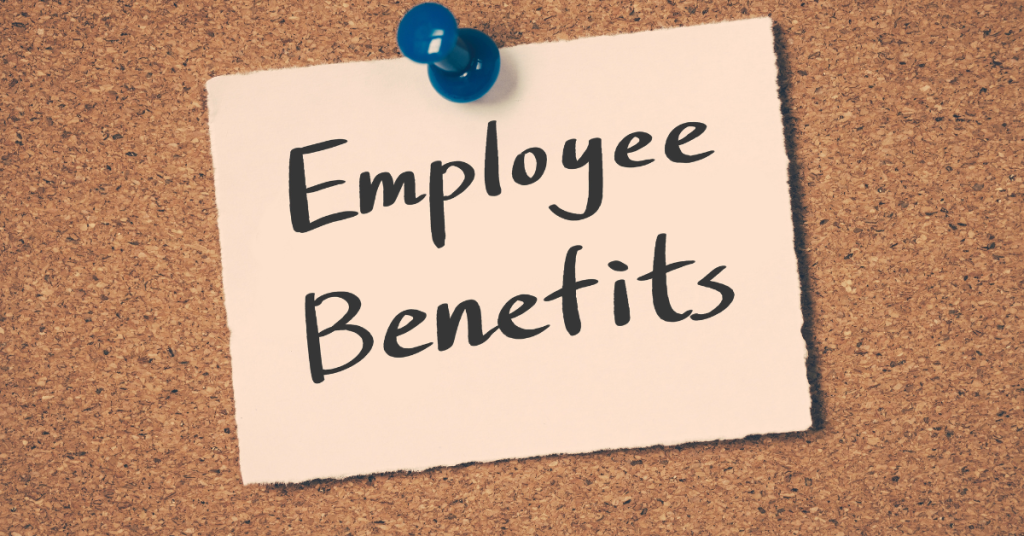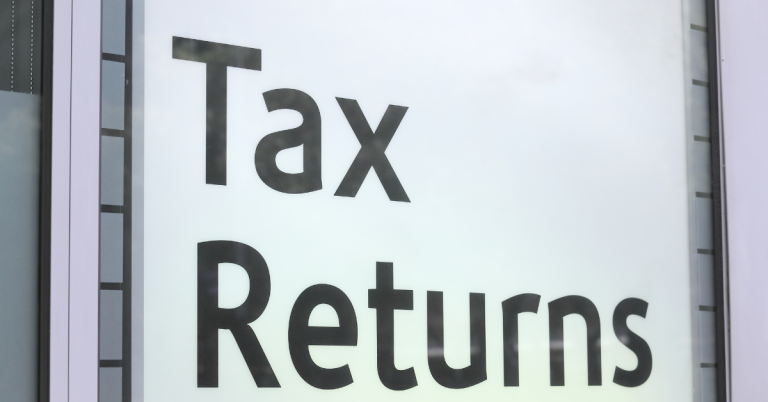Employee Benefit Schemes: Why Your Organization Needs an Employee Benefits Plan
Motivate your team to live well with an excellent employee benefits program.
In today’s world, it seems like everyone is trying to cut costs wherever possible. This includes employees. When you think about how much money companies spend on employee benefits, it might seem like there’s no way to save anything. However, there are some things you can do to make sure your employees are happy and healthy while saving money. Here are three ways to inspire your team to live better.
1. Offer Gym Membership
If you want to keep your employees fit and healthy, offer them gym memberships. Not only does this help them look good, but it also helps reduce stress levels. Studies show that exercise reduces depression and anxiety, and improves self-esteem. If you don’t already provide a gym membership, start doing so now.
2. Give Free Food
Offering free food isn’t just nice; it actually saves money. A study found that workers who received free food took fewer sick days than those who didn’t. In fact, one survey showed that employees who had access to free snacks reported lower rates of absenteeism than those without. So, next time you’re thinking about cutting out lunch breaks or cutting down on coffee, think again. Instead, give your employees something to eat.
3. Provide Health Insurance
Health insurance doesn’t cost too much, especially compared to what it could potentially cost later. Providing health insurance is a win-win situation because it keeps your employees healthy and happy, and it saves you money in the long run.

Physical wellbeing
A growing number of companies are offering free gym memberships to employees. This move is part of a larger trend towards physical wellness programs. Companies like Apple, Microsoft, Amazon, Starbucks and Walmart are providing benefits such as discounts on gyms and fitness classes, free meals, and even subsidised childcare.
The idea is simple: If you make it easier for people to exercise, they’ll do it more often. And the evidence suggests that this is true. A recent study found that people who had access to a gym were less likely to skip working out. Another study showed that workers who exercised regularly reported feeling better about themselves and their jobs.
But there’s another reason why employers are starting to offer perks like gym memberships. They want to attract and retain talent. Research shows that having healthy employees makes businesses more productive. In fact, one survey found that 80 per cent of millennials say good health is essential to being happy at work.
So what does this mean for HR departments? First off, it means that you need to start thinking about how you can help your employees lead healthier lives. You might consider offering discounted gym membership rates, free lunches, or subsidized childcare. Or maybe you could set up a weekly workout class at the office. Whatever you decide, make sure that your program offers something that appeals to everyone.
In addition to making sure that your employees feel physically well, you should also think about their mental wellbeing. Studies show that people who exercise regularly report greater job satisfaction and lower stress levels. So whether you’re looking to improve employee retention or just encourage them to take care of their bodies, investing in some sort of physical wellbeing program is a smart choice.
Financial wellbeing
The Financial Wellbeing program allows you to reward your employees for good behavior. You can set up rewards based on attendance, punctuality, quality work, etc.
You can choose whether you want to give out points per employee or per pay period. If you decide to go for the latter option, you can select how many points are given out each month.
For example, you could offer one free movie ticket per month per employee. Or you could give out 10% off purchases during the monthly discount period.
Emotional wellbeing
Poor mental health costs employers between £33bn -£42bn a year. But there are ways you can help support your employees’ emotional wellbeing. Here are some tips to help you do just that…
• Help your employees find out how they’re feeling. Ask them about their mood, stress levels, sleep patterns and whether they’ve been eating well. • Offer regular opportunities for your team to discuss work issues together. • Create a culture where people feel safe enough to raise concerns without fear of being judged or punished. • Provide training and development opportunities for your workforce. • Encourage open communication and encourage feedback. • Make sure everyone knows what to do if they experience symptoms of anxiety or depression. • If someone does start experiencing signs of poor mental health, provide them with information and advice about accessing appropriate support. • Ensure that your policies and procedures are clear and accessible. • And don’t forget to offer flexible working hours, job sharing, part-time roles and remote working options.
Perks and benefits employees can use any time, anywhere
Gym membership benefit schemes are an effective way to help your workforce stay fit and healthy. They offer members discounts on gym equipment, classes and activities, and even free food and drinks. They’re also great ways to reward your team for good performance, and motivate them to do better.
Mobile phone plans are ideal for those who just aren’t ready to commit to a long term contract. You can choose a SIM only plan, or one where you can add data, minutes and texts too. This gives you flexibility over how much you spend each month. And it helps stop people being tempted to go over their monthly allowance, because they know there’ll be no bill to pay.
Cycle to work schemes are perfect for encouraging your staff to take up cycling. If you run a bike shop, or sell bikes, you could set up a scheme where every employee gets a discount on a bicycle. Or you could give out vouchers for a local bike shop, or a charity like Sustrans, which supports walking and cycling.
Which Employee Benefits Program Should I Choose?
Employers are often faced with choosing between a number of different types of employee benefit schemes. These include pension schemes, health insurance schemes, life assurance schemes, dental plans, childcare vouchers, etc. Each type of scheme offers different levels of flexibility and cost to the employer. In addition, each type of scheme requires a different level of administration and compliance.
The choice of how much benefits you offer to your employees depends on many factors including your organisation size, industry sector, turnover rates, profit margins, and the availability of funding. However, there are some key questions that you must answer before deciding whether to implement a particular scheme.
1. What Type of Benefit Do You Want To Offer?
Before deciding what type of benefit scheme you want to offer, it is important to consider what exactly you want to do. For example, do you just want to cover basic healthcare needs such as dental care, eye treatment, and prescription drugs? Or do you want to go further and cover things like maternity and paternity leave, sick pay, and even child care?
2. How Much Will This Cost?
Once you know what you want to offer, you need to decide how much you are prepared to spend on providing those benefits. Some schemes are cheaper than others, but you still need to make sure that whatever you choose is affordable.
3. Who Will Be Affected By This Decision?
How can discount programs for employees attract new talent?
Employee discount schemes are becoming increasingly popular among businesses. They offer employees perks such as free food, drinks, gym memberships, and travel expenses. These programs help companies attract and retain talent. Companies like Amazon, Apple, Facebook, Google, Microsoft, Nike, Starbucks, and Walmart are just some of the many firms offering employee discount schemes.
Discounts aren’t the only benefit offered to employees. Other benefits include free meals, gift cards, and cash bonuses.
Companies are also giving away rewards to employees for excellent performance. For instance, Zappos gives away diamond earrings to employees who achieve certain sales goals. In addition, Southwest Airlines provides free flights to employees who reach annual mileage targets.
How do employee discount programs benefit employers?
Employee discount schemes are one way employers can help retain current employees and attract potential candidates. They also provide companies with another avenue to market themselves and show appreciation for their workers. In addition to providing benefits, employee discount schemes can also help businesses improve productivity and morale.
In today’s competitive job market, it’s important for organizations to offer perks like discounted products and services to keep their workforce happy and productive. These types of programs can help to build loyalty among existing employees and encourage people to apply for open positions within the organization.
Offering discounts helps to retain existing employees and attract new ones because employees tend to appreciate being treated well. When employees feel valued, they are more likely to put forth extra effort and perform better throughout the day. This improves the overall quality of their work, which leads to increased productivity and profitability.
Companies can use discount schemes to increase employee satisfaction and boost productivity. For example, a company could give out coupons for free coffee every morning to reward employees for coming into work early. This type of program encourages employees to come into work earlier and spend less time commuting. It also makes them feel appreciated and gives them something to look forward to each week.
Another option would be to allow employees to buy lunch at half price during the lunch hour. By offering discounts, companies can make sure that their employees have enough money to eat while still saving money. This creates a win-win situation for both parties involved.
The bottom line is that discount schemes benefit employers and employees alike. Not only do they save money, they also strengthen relationships and improve productivity.
Frequently Asked Questions
What Are the Top Employee Discounts in the UK?
The idea of employee discounts is nothing new. Companies like Lush offer 50% off products to their employees. Others offer free lunches, gym memberships, and even free holidays. In fact, many employers now offer a range of benefits, including health insurance, pension plans, childcare vouchers, flexible working hours, and much more.
Whilst it might seem obvious, there are actually quite a few reasons why you might want to consider offering your employees discounts. Here we take a look at the main ones.
Who is in charge of the Employee Benefit Trust?
The Employee Benefit Trust is a type of trust designed to help employees save money for retirement. Typically, it is established by employers with the intention of providing benefits such as pension contributions, health insurance, life assurance, etc., to their employees. They do this either directly, or indirectly via a third party administrator. When establishing a trust, there are many things to consider, including the following:
• Who governs the trust? This could be the employer or the employee. If the trust is run by the employer, it is called an ERISA plan. If it is run by the employee, it is known as an ESOP.
• What happens if the trustee dies or becomes incapacitated?
• How much control does the employer have over the trust? Can it dictate how the funds are invested?
• Is the trust taxed?
• Does the trust have to comply with regulations?
• Are there any restrictions on the amount of money you can put into the trust?






